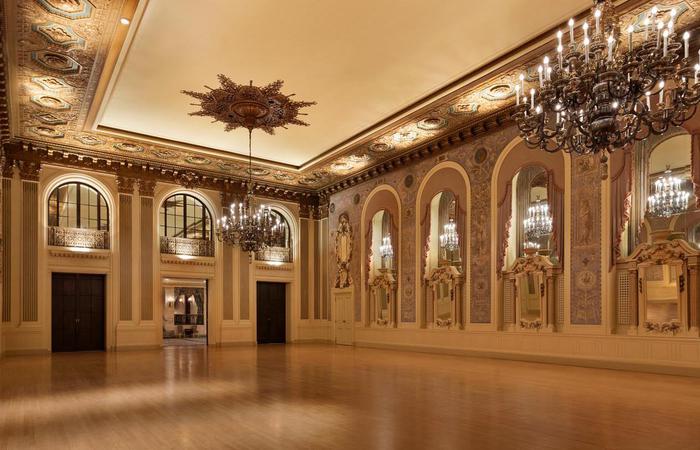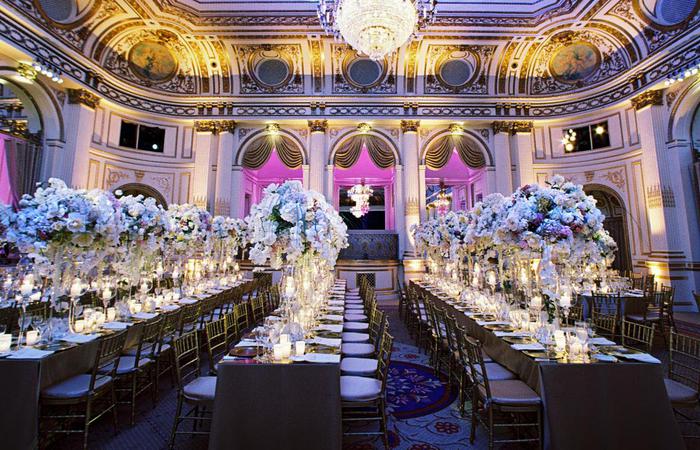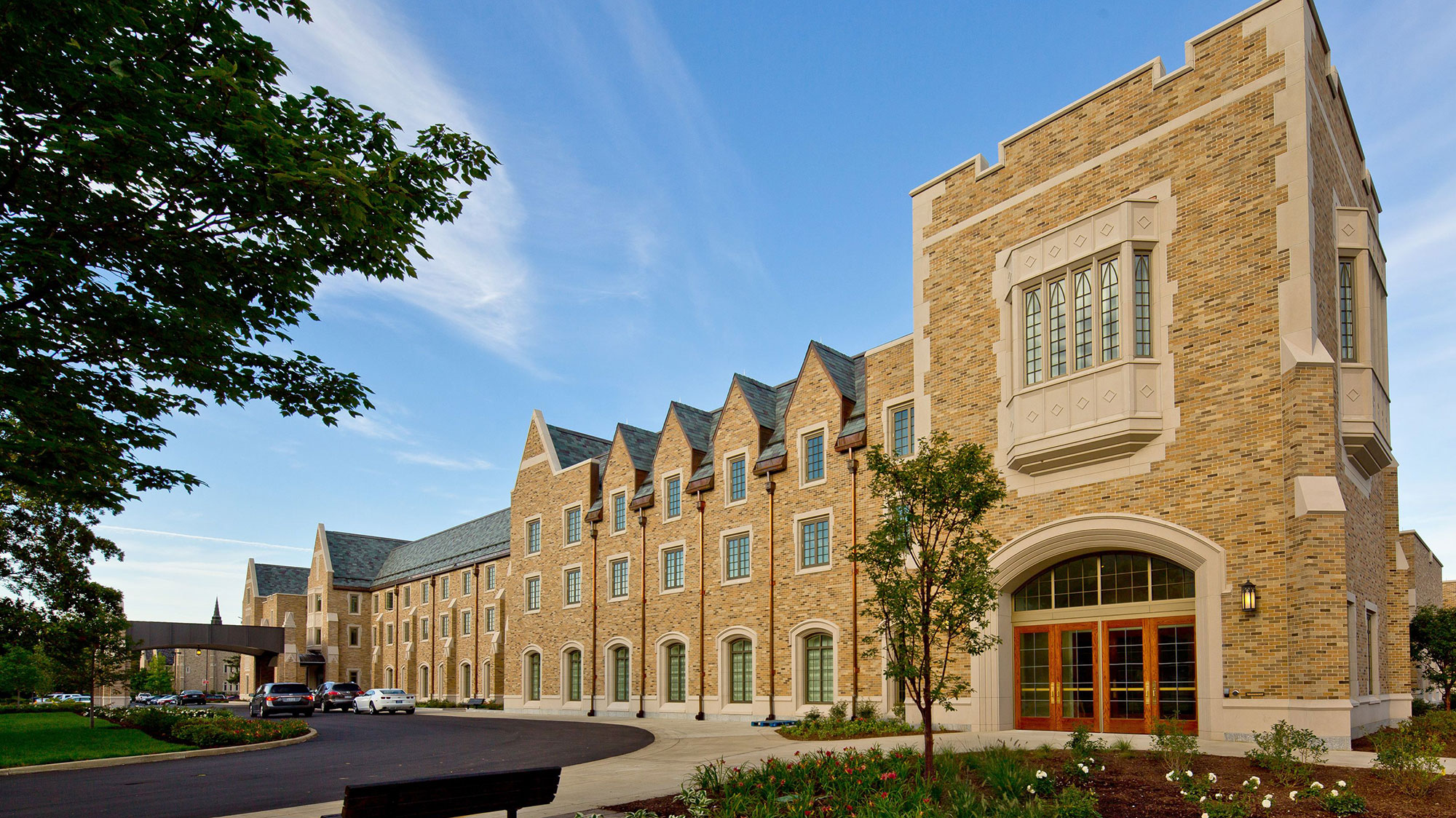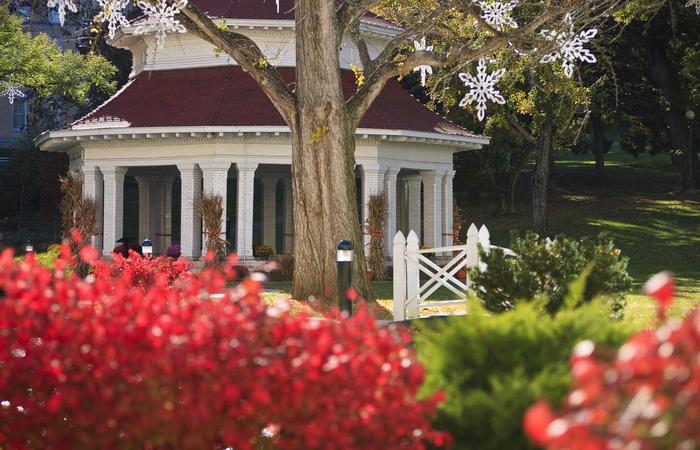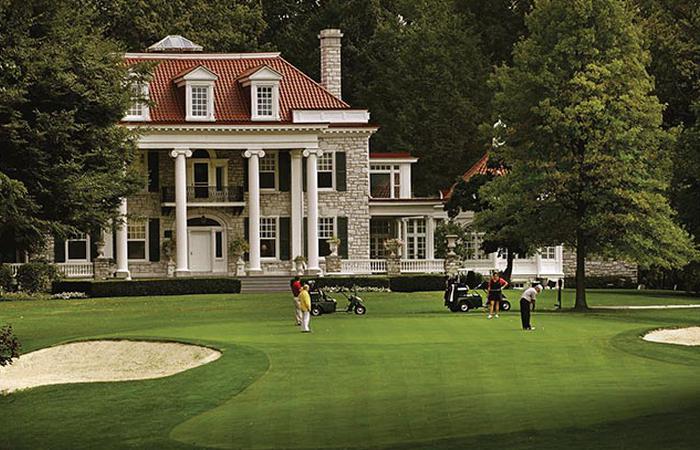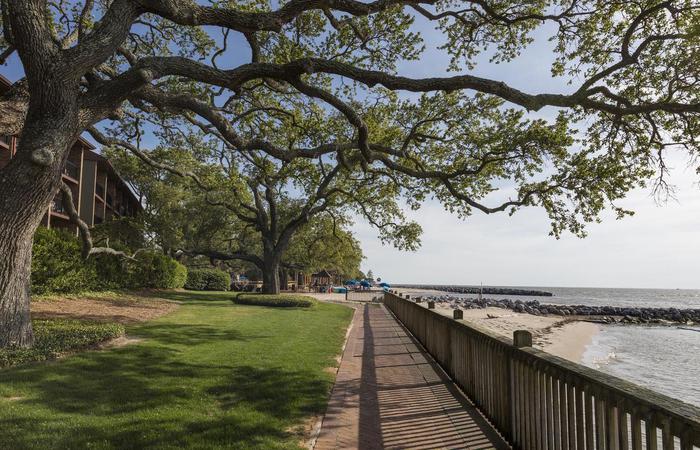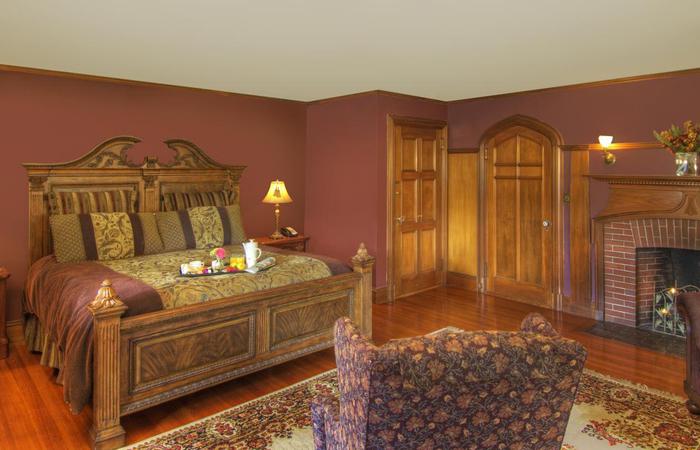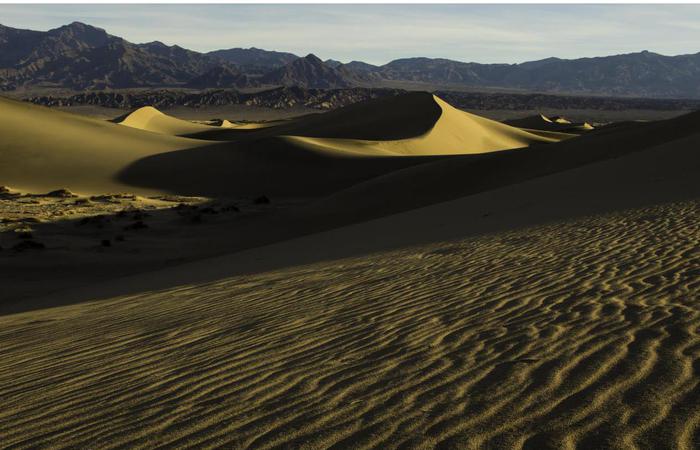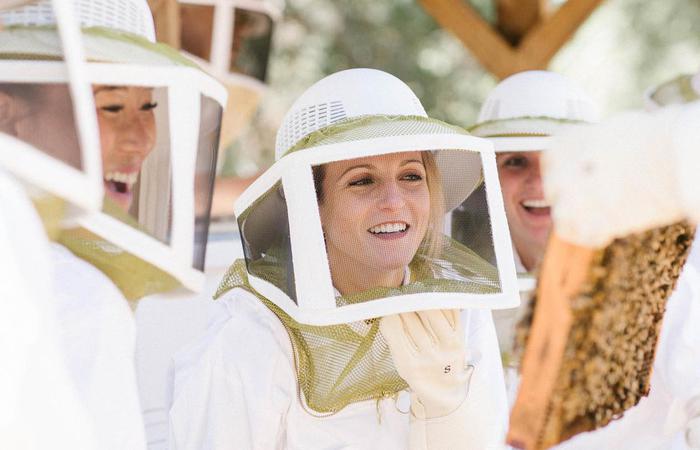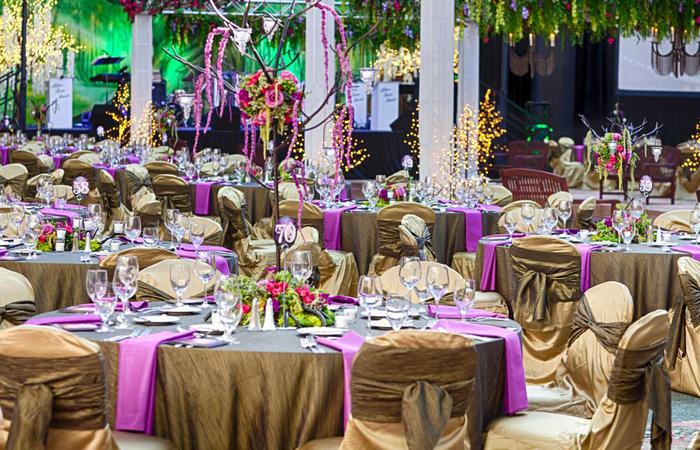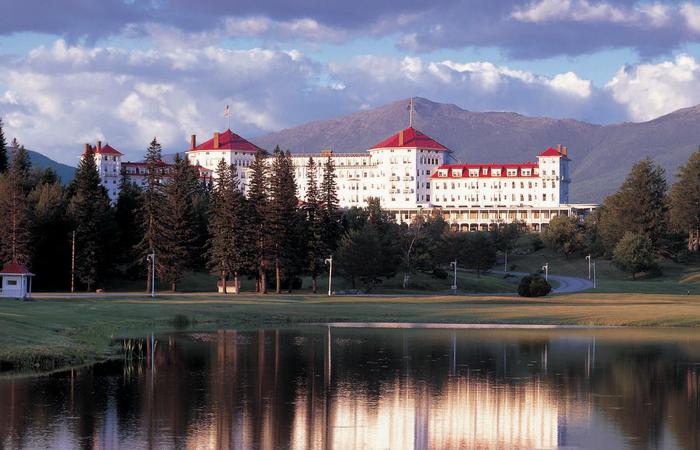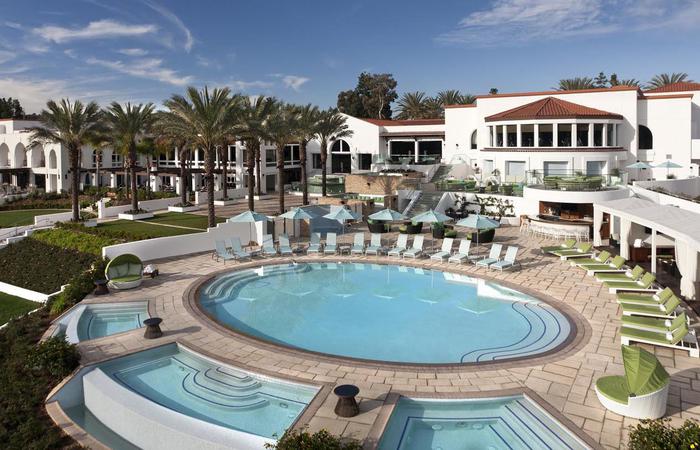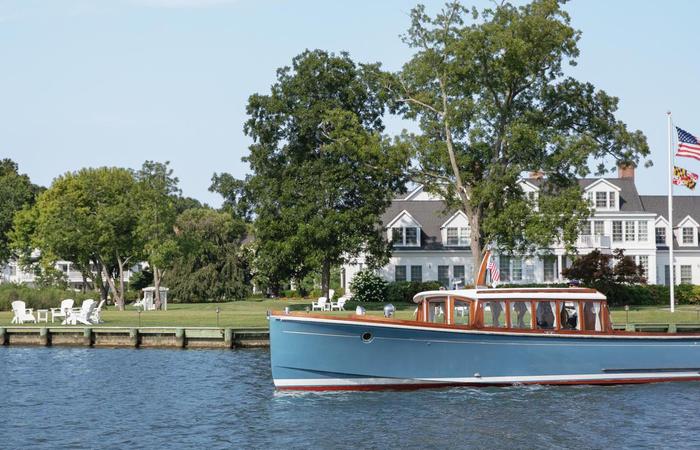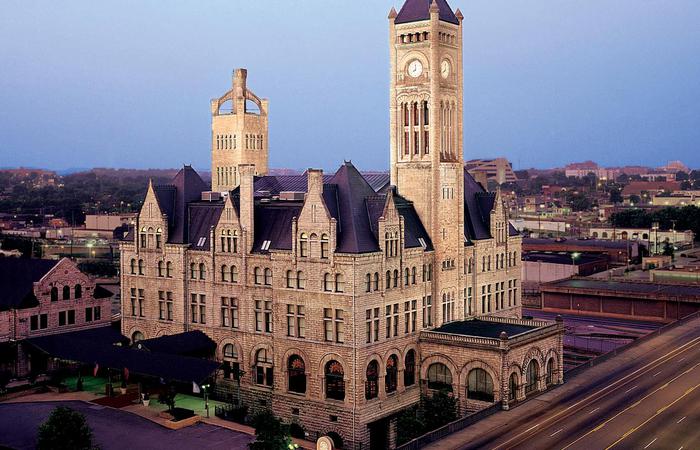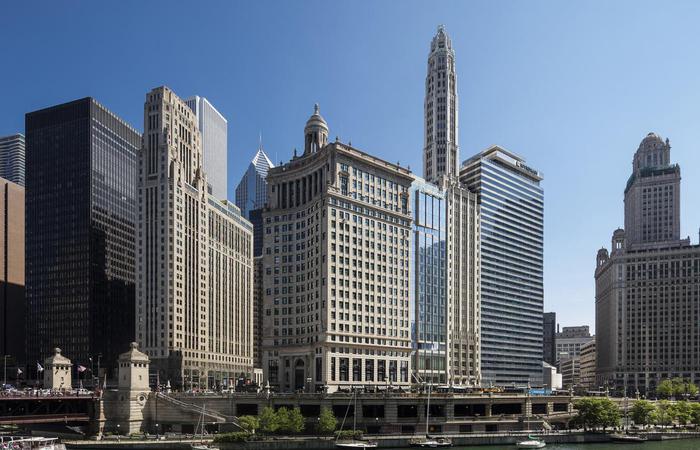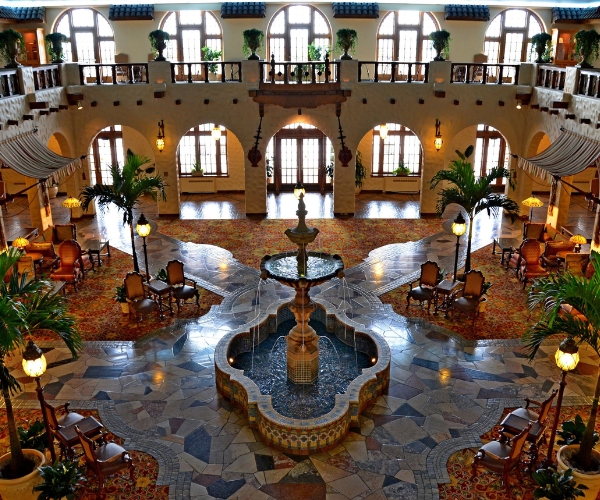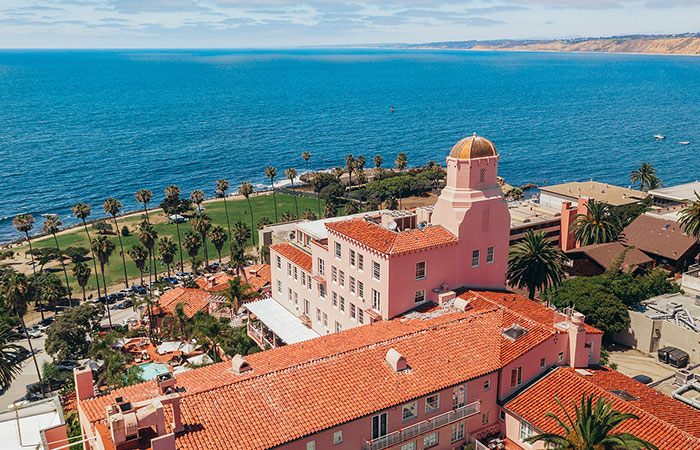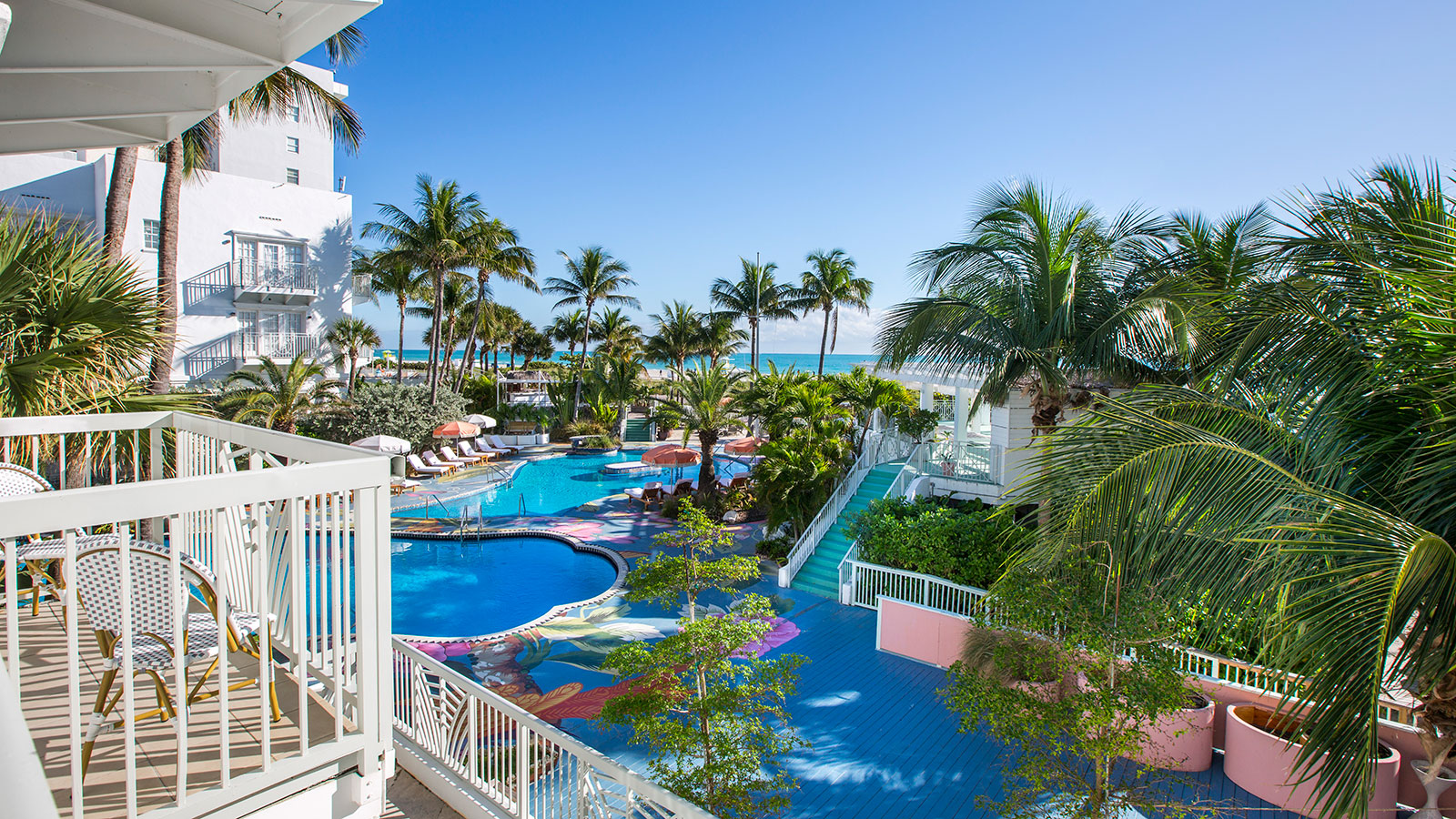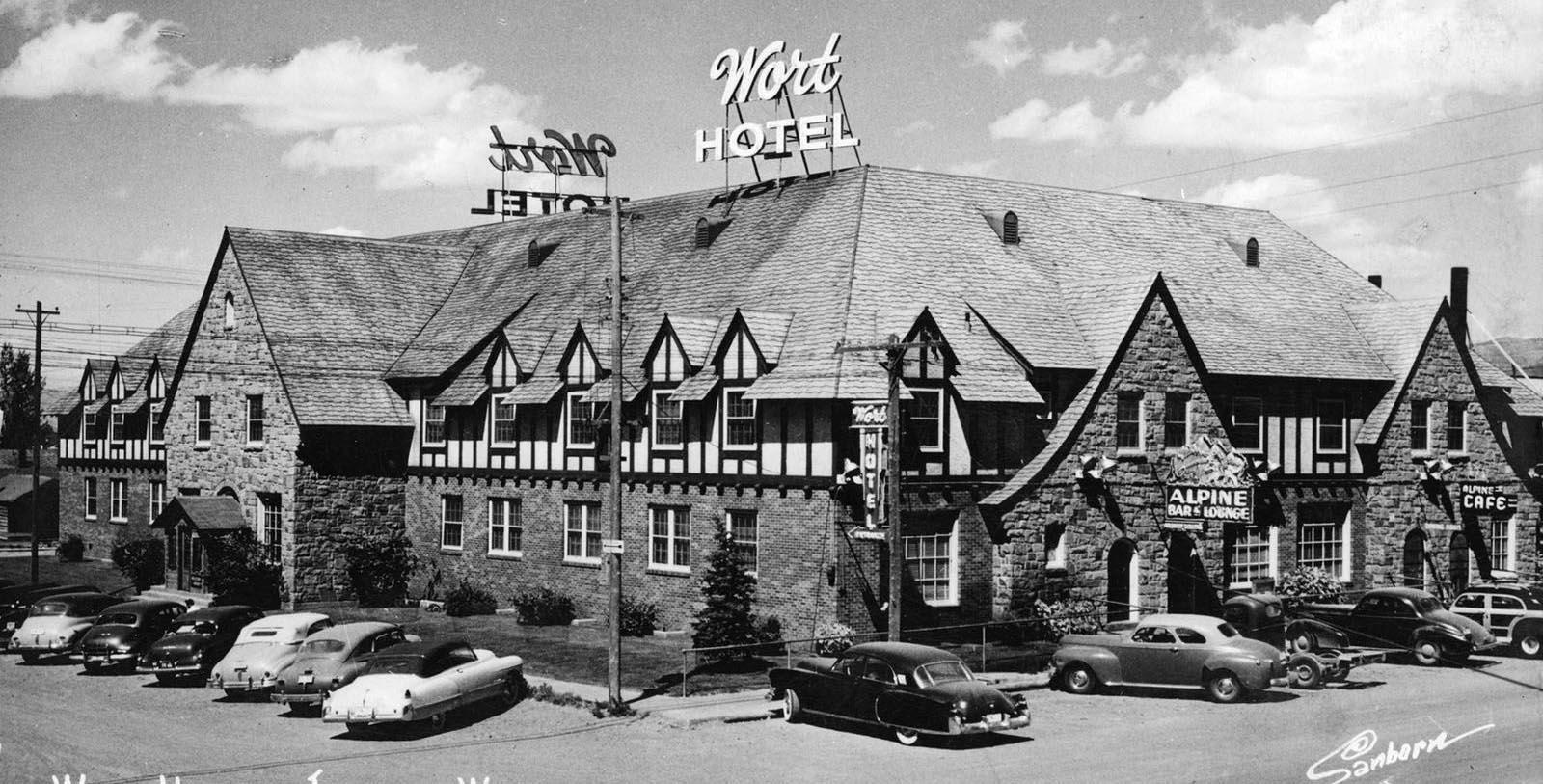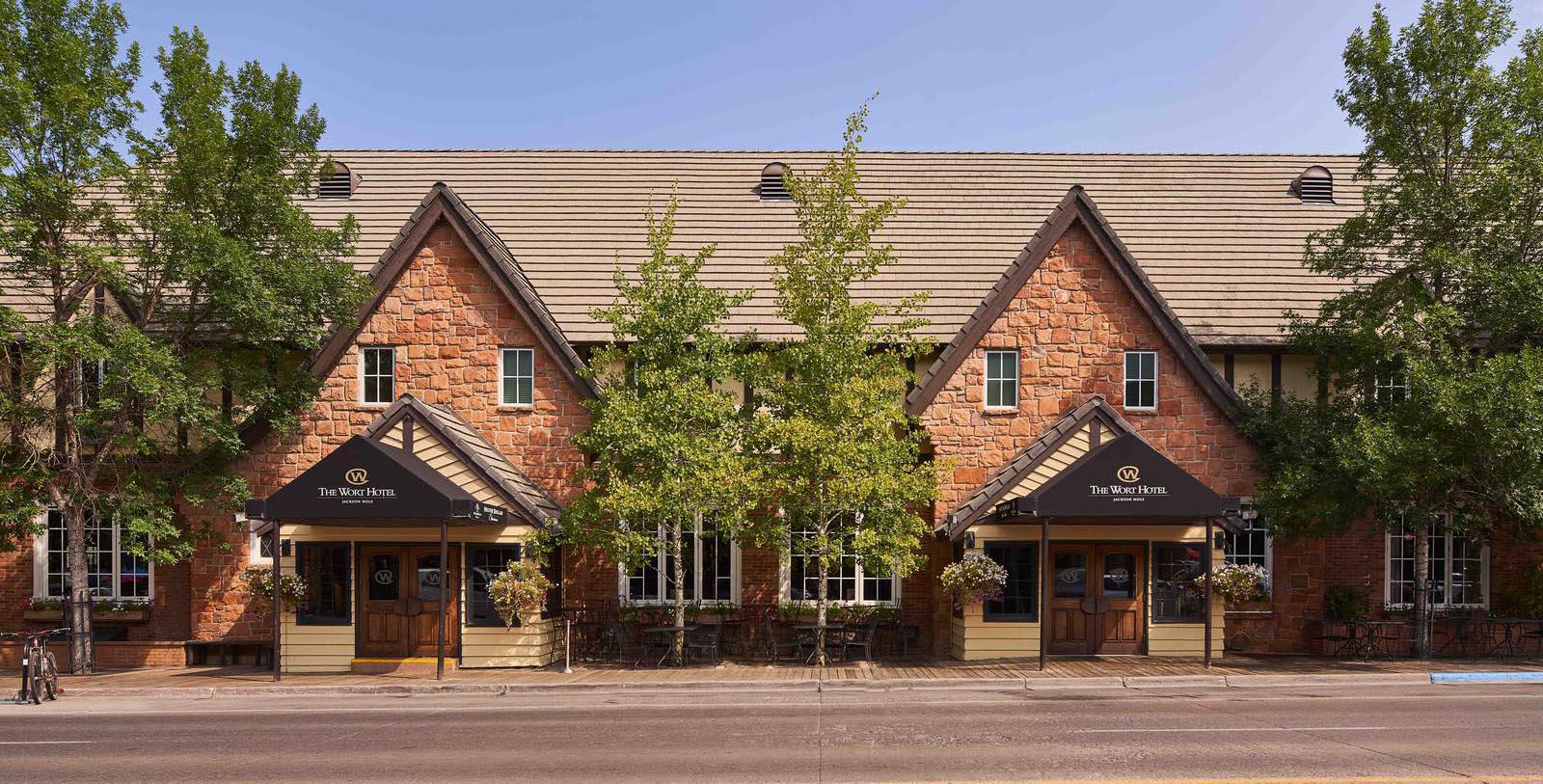Receive for Free - Discover & Explore eNewsletter monthly with advance notice of special offers, packages, and insider savings from 10% - 30% off Best Available Rates at selected hotels.
history
Discover the Wort Hotel, the creation of homesteader Charles J. Wort, who bought four parcels of land to build the hotel in 1917.
The Wort Hotel, a member of Historic Hotels of America since 2002, dates back to 1941.
VIEW TIMELINE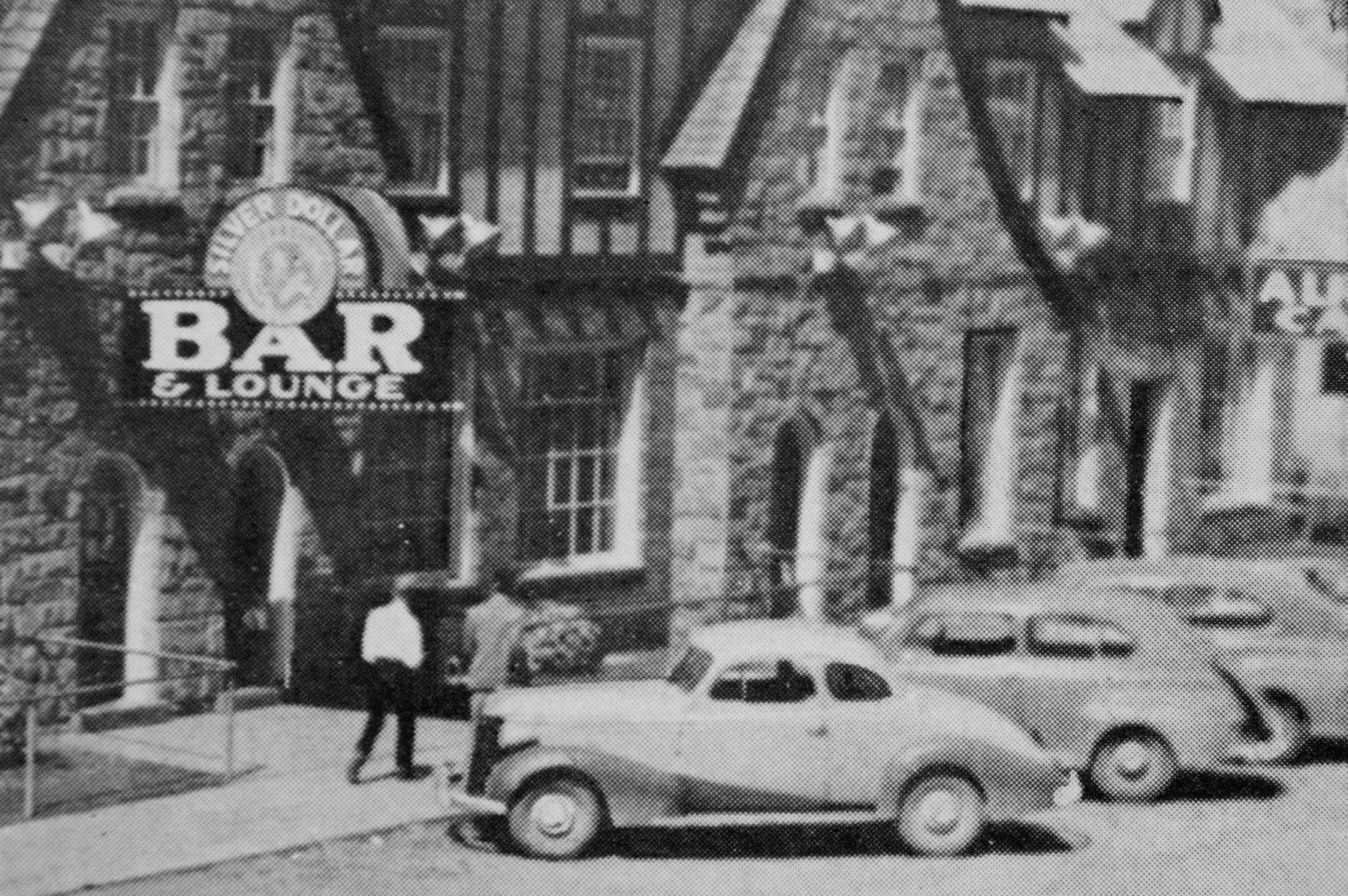
The Wort Hotel’s History
A historical look at The Wort Hotel and its importance as the hub of the Jackson Hole, Wyoming, community for 75 years.
WATCH NOWA member of Historic Hotels of America since 2002, The Wort Hotel has entertained guests for close to a century. Yet, its history harkens even further back to the late 1890s, when a family of cattle ranchers first moved to the region. Charles J. Wort and his wife, Luella, were one of several families to take advantage of the historic Homestead Act of 1862. They specifically used the law to acquire several tracts of land in Jackson Hole Valley for use as a cattle ranch. He had long desired to live as a homesteader in the region, for he had fallen in love with the valley upon visiting it as a young boy. (His older brothers, Hamilton and Stephen, had relocated to Wyoming from their native Nebraska a few years prior.) Charles and Luella remained on the farm throughout the early 1900s and raised three sons: John, Jess, and Russell. The family prospered on their rustic estate, building a local reputation as exceptional farmers and horsemen. But Charles J. Wort and his children also received renown for their trips into the bush, gaining expertise as hunters and fishermen. Recognizing the rugged tranquility and verdant beauty of the region—specifically the mountains of the soon-to-be Grand Teton National Park—the elder Wort decided to transform Jackson into a premier holiday destination. Using his family’s wealth, Charles purchased four lots for $25 apiece in downtown Jackson, in order to construct a luxurious boutique hotel. He envisioned the building only offering the finest amenities, as well as a banquet hall and a fine dining establishment. Yet, the locals scoffed at Wort, believing his dreams to be wildly unrealistic in spite of the fact that many travelers had already passed through to visit Yellowstone National Park. And Charles gave his critics reason to doubt his ambitions, too, as he moved very slowly to develop his prospective business. He instead shifted his attention to financing the operations of the Jackson Hotel in the center of town, while also managing a hunting lodge on the shores of Lake Jackson nearby (now known as “Signal Mountain Lodge”). Meanwhile, Charles used the plot in downtown Jackson to run a popular livery stable.
Charles J. Wort eventually died in 1933, but not before intimating to his two surviving sons—John and Jess—that he still dreamed of opening his boutique hotel in the heart of Jackson. Spending the remainder of the decade acquiring the necessary capital, John and Jess ultimately made good on their late father’s wishes. In September 1941, the two brothers debuted a stunning multistory building called “The Wort Hotel.” The pair had hired self-taught architect Lorenzo “Ren” Grimmett to design the edifice, which he constructed predominantly with Tudor Revival-style architecture. Nearly 2,000 people attended the opening gala, many of whom were stunned by the amazing facilities and architectural details featured inside. Perhaps the greatest attraction present within the building was the Teton Room, which housed various types of gambling that ranged from blackjack to roulette. Like most of the American West, gambling was a pastime in Jackson. As such, the brothers felt no problem entertaining it in their own hotel, seeing it as a means to generate additional income from the wealthy eastern tourists that were already flocking into the area. The popularity of gambling at The Wort Hotel became so great that the Worts even installed several rows of slot machines, as well as a unique restaurant that they called the “Silver Dollar Bar.” (The name was derived from the fact that the bar was made, in part, with over 2,000 uncirculated silver dollar coins.) But commercialized games of chance had long been outlawed in Wyoming, and pressure mounted on John and Jess to shut down their illicit operations. In an act of defiance reminiscent to the community’s bygone, rustic character, the Worts ignored the demands and moved the gambling underground to a room informally called “The Snakepit.” Located in the basement, only those who knew the venue’s well-guarded password could enter. Yet, a series of raids and arrests eventually closed The Snakepit, thus formally ending the most colorful aspect of the hotel’s fascinating past.
The Wort Hotel continued to be one of the most popular destinations in Wyoming, attracting all kinds of guests from across the nation. Nevertheless, John and Jess Wort eventually decided to sell The Wort Hotel to the Teton Harbor Lodge in 1960. Tragedy struck the business two decades later though, when a massive accident caused significant damage throughout the entire hotel. Undeterred, construction immediately commenced and took several months to complete. And even though the business managed to reopen again in 1981, it still suffered negatively from prolonged economic affects. For a while, it even seemed that the historic hotel would get demolished. But the timely intervention of Tom Chrystie managed to stave off the wrecking ball. Thanks in large part to Chrystie’s efforts, The Wort Hotel crawled out of its dire financial straits and reemerged as a premier holiday destination once more. In fact, the U.S. Department of the Interior even listed The Wort Hotel on the U.S. National Register of Historic Places in 1999. Then in 2003, the Baxter family acquired The Wort Hotel and continued Chrystie’s work on restoring the building back to its former glory. Construction commenced on the Silver Dollar Bar, in which architects and engineers expanded its facilities to accommodate a new space called “The Showroom.” As such, the business received numerous awards that included: a Four Diamond rating by the American Automobile Association, the Forbes Travel Guide’s Four Star Award, and Condé Nast Traveler’s Reader’s Choice Award. Historic Hotels of America even recognized the Baxter family’s work by awarding The Wort Hotel an Award of Excellence as the “Best Small Historic Hotel in the U.S.” in 2013. (An Award of Excellence is the highest honor that a hotel, inn, or resort can received from the organization in recognition of its preservation work and world-class hospitality.) Today, The Wort Hotel still ranks as one of Wyoming’s most popular destinations, filled with luxurious guestrooms and facilities that continue to radiate the classic charm of the Old American West.
-
About the Location +
Jackson, Wyoming, is one of the most popular vacation destinations in the entire state. It is particularly regarded among the nation’s many enthusiastic alpinists, who arrive every year to stroll through the neighboring Grand Teton National Park and Yellowstone National Park. Yet, the region’s history is quite diverse, as people have visited the region for thousands of years. For centuries, various bands of Native Americans inhabited the locale, including the likes of the Shoshoni, the Blackfoot, the Arapaho, the Crow, and the Nez Perce. Yet, the first Euro-American to set foot upon the land was explorer and fur trapper John Coulter. (Interestingly, he had been a member of the Lewis & Clark Expedition). Inspired by rumors of its plentiful game, Coulter traveled to the area in the winter of 1807. He was immediately impressed with the many animals that called the region home—specifically its dense beaver population—and heavily recorded his findings for others to review. American fur trappers quickly flooded the region, including the likes of David Edward Jackson and the great John Jacob Astor. In fact, it was Astor himself who gave Grand Teton National Park’s iconic “Pilot Knobs” mountain chain their name. (David Edward Jackson left his mark on the region, too, naming the large lake at the center of today’s Grand Teton National Park “Jackson Lake.” The surrounding valley soon became known as “Jackson Hole Valley, as well.) The federal government made it increasingly easier for fur trappers and other frontiersmen to work in the area through the landmark Homestead Act of 1862. The law allowed for interested settlers to claim 160, so long as the tenants constructed some kind of dwelling. Many trappers eventually brought their own families west, as such, encouraged that the territory could finally grant them a permanent home. In 1888, the family of Martin and Berthe Nelson became the first people to permanently settle the site of present-day Jackson, although other individuals had started to raise rudimentary homesteads in the surrounding countryside a few years prior. The Nelsons were eventually joined by a wagon train of Mormon immigrants, as well as a few other disparate travelers (including the Wort family).
By the early 1890s, enough people had congregated around the area that they formally created a small village known as “Maryscale.” The residents had named the community after the local postmistress, Mary White. But when Maggie Simpson assumed the role shortly thereafter, she took it upon herself to change its name to “Jackson” in honor of trapper David Edward Jackson. In its early years, the relative remoteness of Jackson attracted scores of bandits and desperados, immersing the town in the atmosphere of the Old American West. But as the 20th century dawned, the community became more sanguine and pastoral in nature. Ranching gradually replaced fur trapping as the predominant industry, but it was quickly joined by an equally prosperous tourist economy. Recreational travelers had originally started to visit the locale around the time Jackson was founded, in order to explore the newly created Yellowstone National Park (circa 1872). The opening of Grand Teton National Park five decades later further incentivized additional travel out to Jackson, solidifying the town’s reputation as a hamlet for outdoor adventurers. Increasing numbers of visitors passed through Jackson, inspiring several ranchers to convert their properties into temporary lodgings known as “dude ranches.” (Many referred to the guests as “dudes,” hence the origin of the term.) Originally hostile to the idea of the dude ranch, many residents began operating them as a means to keep the local economy alive. Yet, some aspiring local entrepreneurs began opening a few upscale hotels and inns to lure even more travelers to Jackson. The Worts left the greatest legacy in this regard, using their fantastic hotel in downtown Jackson to transform the town into a prominent resort community around the start of World War II. Nevertheless, Jackson retained its rustic character, especially as conservationists began to save large tracts of land around the town around the middle of the century. During the 1930s, for instance, John D. Rockefeller, Jr., purchased over 30,000 acres for inclusion into the neighboring Grand Teton National Park. And President Franklin Delano Roosevelt proclaimed the northern reaches of Jackson as a national monument in 1943. Today, Jackson continues to function as one of Wyoming’s most exclusive vacation getaways, especially among those who enjoy spending most of their time in the great outdoors.
-
Art Collection +
The Wort Hotel is a must stop for the Western Fine Art Enthusiast. The Hotel contains over 175 pieces of original contemporary and traditional Western Art, valued at over $1.2 million. Each piece of art was carefully chosen by Wort owner Bill Baxter and represents his passion and style for art. It features sculptured bronze work, acrylics, and oils. Something more unique in the art world is the “Hand Carved Wood Western Themed Doors.” Each door represents a theme for the Suite décor inside; Cowboy, Cowgirl, Shoshone, Teton or Silver Dollar. Look inside these rooms and guests will find additional original artworks from that region or time period. The majority of the artwork is on display publicly throughout the hotel, approximately 100 pieces. The Silver Dollar Bar is known for its Saloon pieces by deceased artist Ray McCarty. He was known as a “renegade” in the art world, for his art was inspired by his outlaw heritage and connection with Butch Cassidy’s gang. The Wort Hotel and Silver Dollar Inc. have the largest collection of McCarty pieces at 50; Steven Wynn of Las Vegas has 42 making his the second largest collection. The Shoshone Suite, as well as some of the public spaces of the hotel, feature Native American pieces conveying historical depictions of the Western frontier and Native American tribes. Key pieces by Gerry Metz, John Clymer and Joe Velazquez are included, too. Velazquez pursued his creative passion in fine art portraying with historical accuracy the people and routes of the fur trade era.
The hotel features a self-guided walking tour with photos and descriptions of key pieces of art. The brochure provides an overview on the artist as well as the name of each piece featured in the hotel. This is a free tour available to anyone who stops into the hotel to have a look. This is a privately owned collection with new additional artwork being purchased all the time. The majority of the collection has been housed at the hotel for at least the past 10-15 years.


